It’s taken some time, but I may finally have worked out what kind of electric car I want. Also, coincidentally, I’ve been driving the new Volkswagen ID 3 this week; but, credible and interesting as it may be, that isn’t the car. In fact, I wonder if a big ‘legacy’ car-maker such as Volkswagen will ever make the kind of EV I want. It might take somebody new, with fewer factories to keep in business, fewer pensions to pay, and less baggage when it comes to the car business.
Hilton Holloway’s excellent piece explaining the implications of lifecycle analysis when considering the true environmental impact of electric cars started me off thinking. The research he summarises makes it pretty clear that, in order for EVs to have the impact we all want on lowering global CO2 emissions, they must be the kinds of cars we’re prepared not just to buy but to really keep.
I was surprised to read that, depending how sustainably-generated is the electricity on which you run it, an electric car might still need to do as many as 80,000 miles before it actually begins to represent a net saving on CO2 compared with a modern ICE equivalent. That’s taking into account the emissions associated with the production of it as well as the day-to-day mileage. Ten years ago, I would have easily believed that; but in 2021? I mean, really?
There will be differing views and estimates on exactly where that EV CO2 ‘mileage breakeven’ point is, I’m sure; every other academic will probably have one. And it’ll also be a moving target as battery production develops and energy generation ‘decarbonises’. But I don’t think anyone’s arguing with the idea that, if we want to drive in a way that’s really sustainable, the first thing we need to do is to stop buying a new car as often as every three- to five years.
So where’s the Polestar- or Rivian-like startup brand that’s ready to sell me an electric car built for a ten-, twelve- or even fifteen-year lifespan? The perfect zero-emission second-car-in-the-family-type-car, that’s not sporty or fashionable, but is solid, simple, practical, future-proof, and built to last twice as long as your average modern hatchback or crossover SUV. That certainly doesn’t sound like a Tesla, does it? Not this week, at any rate.

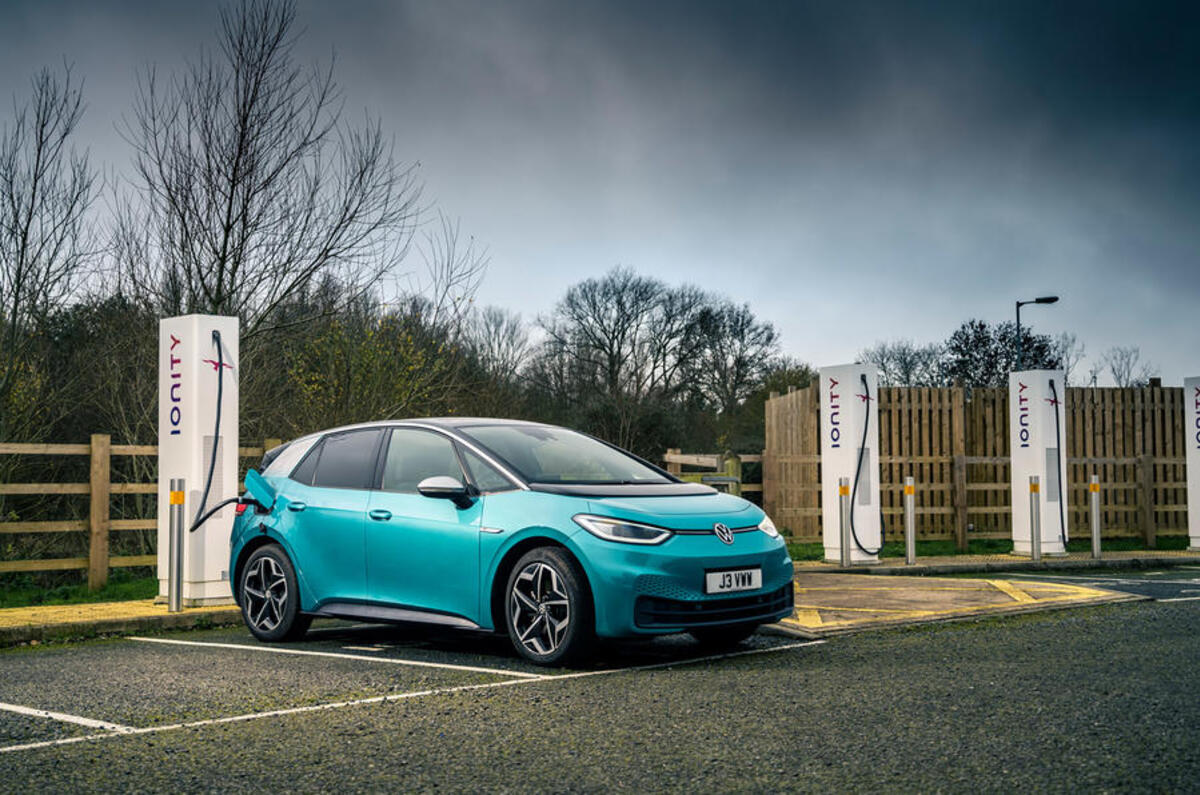
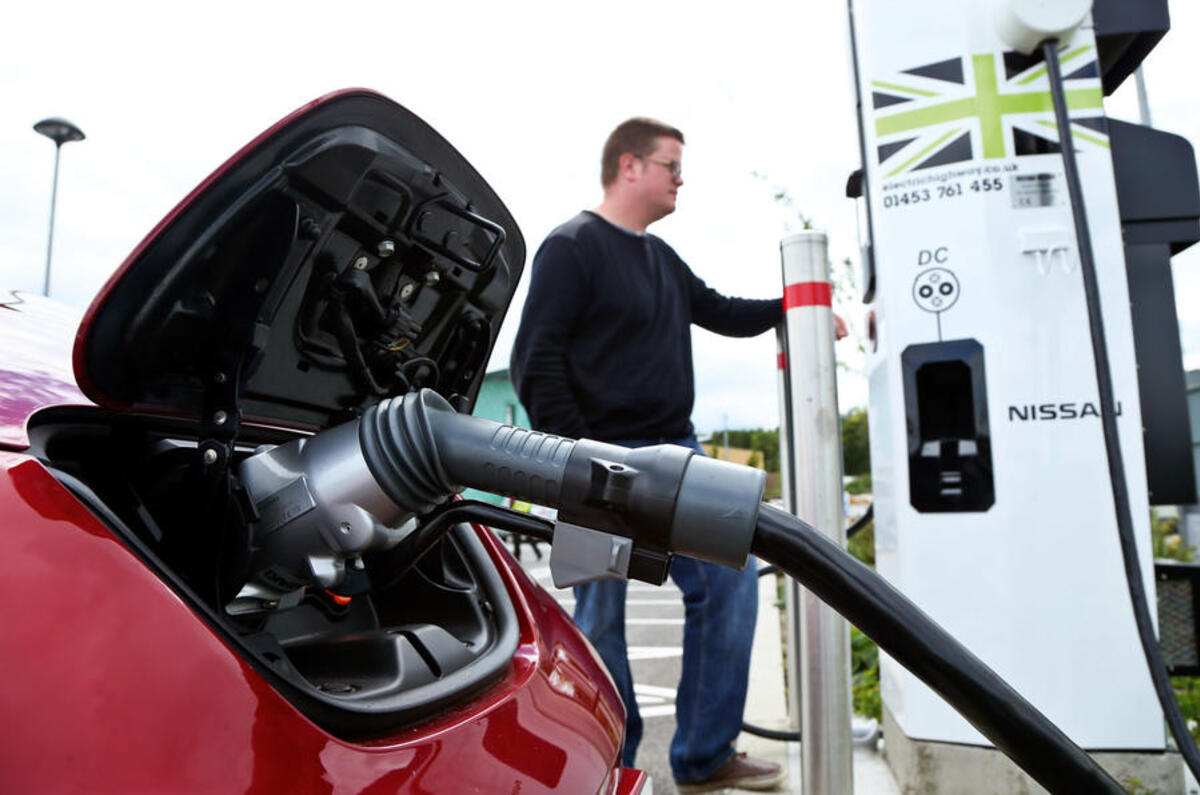
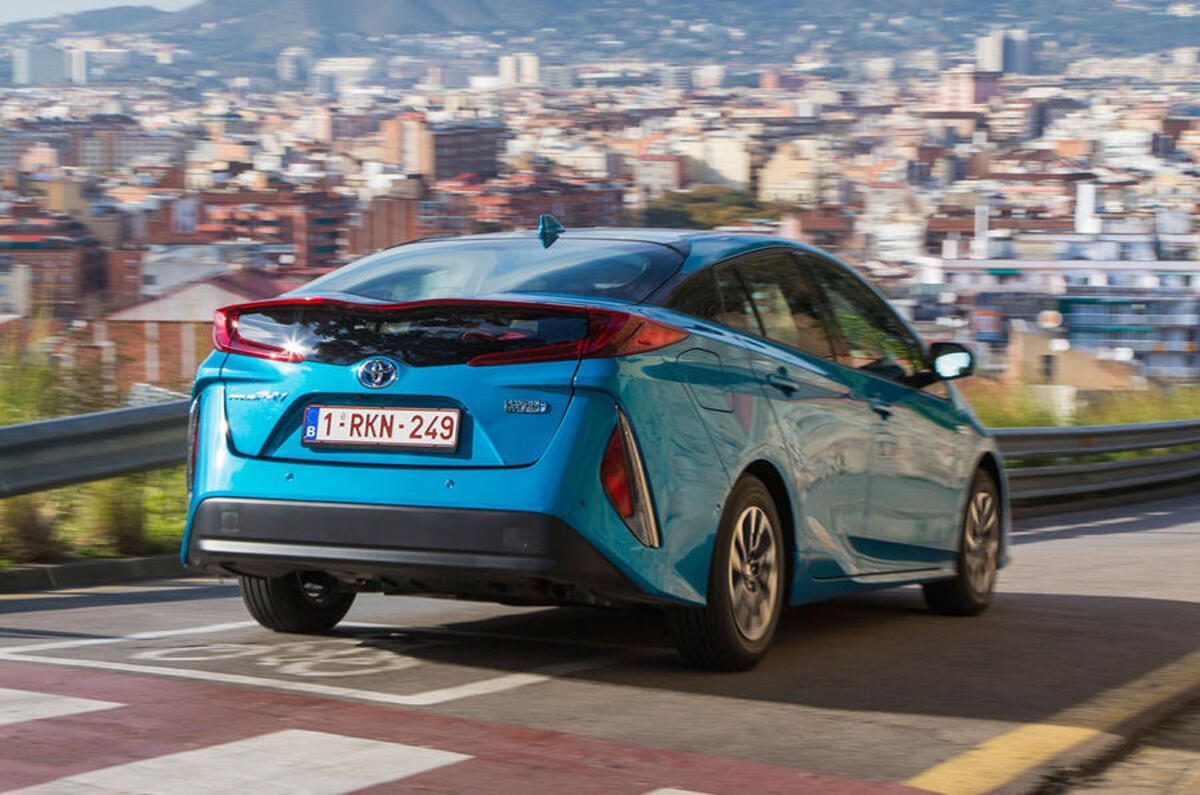
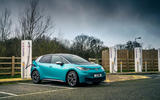
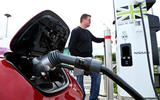
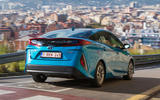








Join the debate
Add your comment
So does this mean that to be more environmentally friendly, instead of us rushing to buy new electric cars, we should actually all just keep are ICE cars for longer? Obviously the automotive industry are not going to support that idea- so instead they need us to believe that an electric revolution is needed to continue their current levels of profitability and employment.
Hey Maxi,
I'm on a solo mission to change the world by buying an electric car and virtue signalling to everyone else I'm great! But since that will:
a: Show that I'm an EV driving **ck (I'm not, I'm a Skoda driving Di**)
b: Not save a single dolphin
I will continue to replace my car every four years, but my next car (due 2022) may be an EV, it may not. My Skoda, with then 100,000 miles on the clock will probably have a useful life as my partners car for a few years. Then 4 years later, they will have my next car (be it an ev or not) and the chances are that my SKODA will be sold on, or with 140,000 miles on the clock, fail it's MOT and go to the big scrap yard in the sky. I personally would not have changed any of my buying characteristics and no one has ever told me too. You should be a d**k also, do what you want!
PS (and me being serious now) The huge cost of converting from ICE to battery, retiring entire production centres for engines and moving away from ICE is the last thing the car industry want's. If the car industry had it's way, we would all be driving Model T's mass produced. Market forces and legislation have determined what cars are sold and will in the future, the manufacturers that predict that the best will be the winners, ICE, hydrogen or electric. Now, where did I park my small engined SUV (bloody Karok!)
The researchers from Massachusetts Institure of Technology would disagree with the facts presented in this article, as presented in NY Times under the title:Electric Cars Are Better for the Planet – and Often Your Budget, Too - google it, since I can't post a link here.
They say that the break-even point is anywhere between 6-18 months and that is even in quite bad scenarios when the electricity is generated from coal.
Auke Hoekstra from Eindhoven University of Technology comes to similar conclusions.
A 6 to 18 month payback period is just hilarious.
And what's the issue with Co2 again?
Great interview between Chris Harris of Top Gear and the head of National Grid, google it! (I find it incredible how companies challenged with supplying a product at profit can overcome adversity)!
Sadly for the Texans who lost their lives. 36Gw of texas grid lost was due from Coal, gas and nuclear whilst 16Gw was from wind turbines, yet we know of lots of wind turbines working in countries far colder than Texas. Simply put, Texas was unprepared for such cold weather and people have lost their lives.
I agree with the sentiment of the article. Keeping things (not just cars) for longer, and recycling them at the end of their life will become an important part of our battle against climate change and environmental pollution.
I want to challenge some of the assumptions in this article though.
LONGEVITY: The article implies we are keeping cars less long than we used to. This is not the case. Even before COVID, new car sales in the UK were in decline. The average age of a car on the road has increased from 6.8 years in 2003 to 7.8 years in 2015 and it's still rising (SMMT figures). Clearly we are already keeping our cars longer. Battery Electric Vehicles (BEVs) will help accelerate this change. They have many fewer parts and so have less that can wear out. Less to go wrong.
BATTERY REPLACEMENT: I don't think there is any evidence that BEVs will need battery replacement after 6 years. Of all the 1st generation Nissan Leafs from 2012 (now 9 years old), how many have had a battery replacement? Not many. Most new BEVs come with an 8 year battery warranty and modern battery tech is good for at least 1000 cycles. Even with a range of just 150 miles, 1000 cycles is enough to keep most motorists going for more than 12 years. Recent improvements in battery tech from Tesla and CATL claims to at least double longevity. We are already at the point where the battery can outlast the rest of the car and that will only improve.
RECYCLABILITY: Batteries from BEVs can be repurposed for lower duty tasks (such as home power storage) even whe they have degraded too much to be useful in a car. This can give the cells an extra 5-10 years life (Powervault website). BEV battery recycling is still quite new. Start up companies struggle to get enough batteries to recycle becasue there are so few battery packs being scrapped, but state-of-the-art battery recycling plants already claim more than 90% recovery of components in the recycling process (Duesenfeld website). How much deisel or petrol can you recycle in an internal combustion vehicle (ICEV)?
LIFECYCLE ANALYSIS: That a BEV has to be driven 80,000 miles before it produces a CO2 benefit over an ICEV is an extreme finding. The general consensus is that a BEV made in Europe and driven in the UK will emit less than 40% of the CO2 of the equivalent Petrol or Diesel car over a lifetime. In Sweden it's closer to 20% (transportenvironment.org research tool). In all countries the CO2 impact of a BEV improves year on year as the grid decarbonises. The BEV you buy today will emit less CO2 per mile next year and less again the year after. By contrast ICEVs become less efficient and emit more CO2 and polutants as they age.
Electrifying cars isn't going to save the world from a climate crisis on its own. But it will help by reducing emissions per mile driven and by further increasing the longevity of vehicles, therefore lessening the impact of manufacture. How the car industry reacts to reducing sales of simpler machines that last longer remains to be seen.
This post is what the original article should've been, rationally explained with properly researched sources cited. without being too rude to Matt Saunders, this is how journalism should be done.